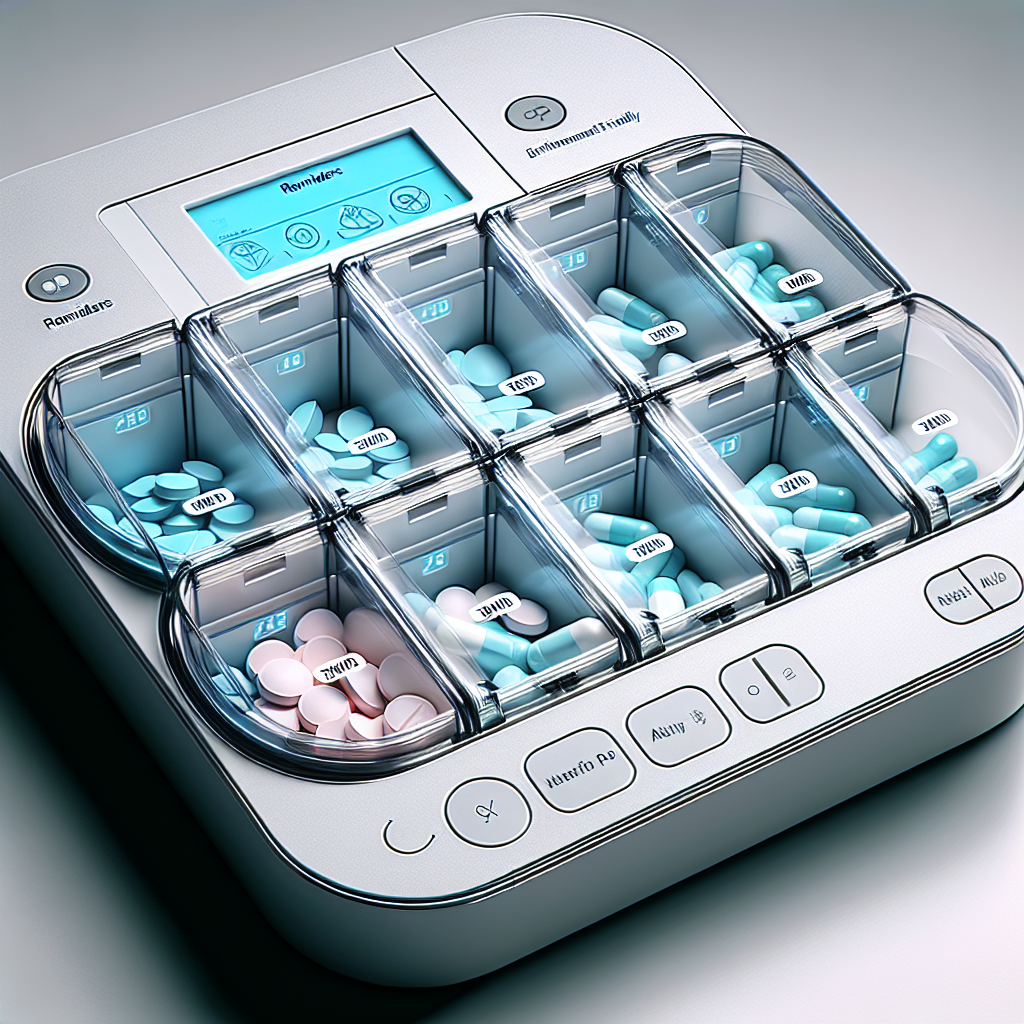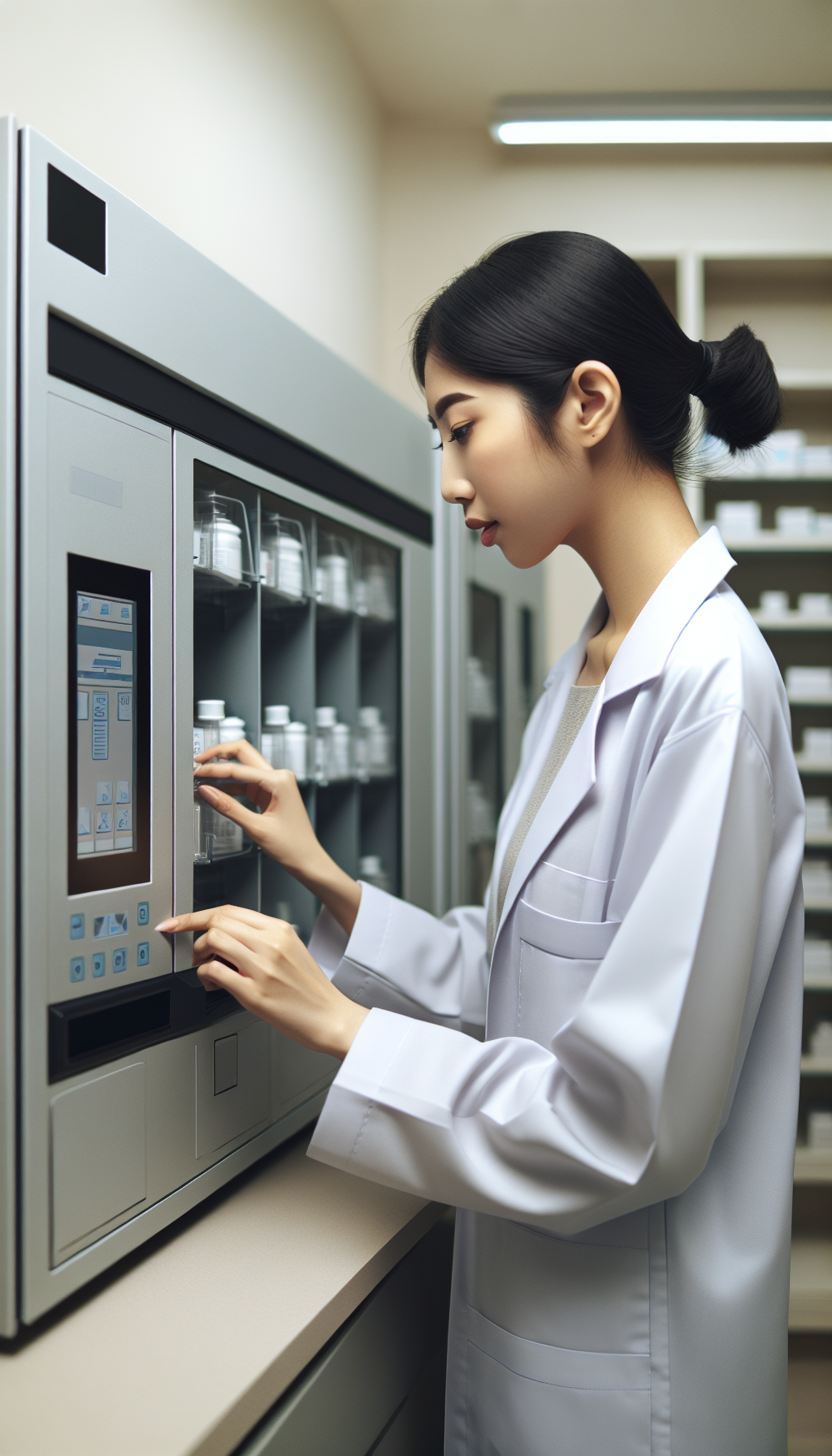Medication safety is a critical aspect of healthcare that affects patients across the globe. The correct dispensing, packaging, and administration of medications can significantly reduce the risk of adverse drug events and enhance patient outcomes. This article explores the latest innovations in medication packaging and dispensing, and how these advances are making medications safer and more accessible for everyone.
The Evolution of Medication Packaging
Medication packaging has come a long way from the traditional pill bottles and blister packs. Today, we have smart packaging options that not only protect the integrity of the medication but also provide patients with vital information and reminders.
One such innovation is the use of electronic tags, like Radio-Frequency Identification (RFID) chips, embedded in packaging. These tags can store and transmit information about the medication, such as expiration dates, batch numbers, and dosage instructions. This technology aids in ensuring that patients receive the correct medication and helps in tracking and managing inventory, reducing the risk of dispensing expired or recalled drugs.
Another advancement is the development of unit-dose packaging, which packages medication in the exact dose required for each administration. This form of packaging reduces the potential for dosing errors and contamination, as each dose is individually protected until the moment of use. It’s particularly beneficial for medications that are highly sensitive to environmental factors or those that carry a high risk of overdose.
Patient-Centric Design
Innovations in packaging also prioritize patient-centric design, making it easier for individuals, including the elderly and those with disabilities, to access their medications. Features such as easy-open caps, clear labeling, and the use of color-coding to distinguish between different medications are just a few examples of how packaging is being tailored to meet patient needs.
Advancements in Medication Dispensing
The dispensing of medication is equally as important as packaging when it comes to medication safety. Automated dispensing systems are revolutionizing the way pharmacies and healthcare facilities manage and dispense medications.
These systems can automatically dispense the correct medication and dose, track inventory levels, and integrate with electronic health records to ensure that patients are receiving medication as per their treatment plan. These technologies also support the healthcare staff by freeing up time that was previously spent on manual tasks, allowing for more time to be dedicated to patient care.
Telepharmacy and Remote Dispensing
Telepharmacy is another significant innovation, where pharmacists can remotely verify prescriptions and oversee the dispensing of medication through digital means. This is especially useful in rural or underserved areas where access to a pharmacy may be limited.
Remote dispensing systems are also being installed in various locations, including hospitals and community centers, allowing patients to receive their medications without the need for a traditional pharmacy visit. These systems are equipped with videoconferencing capabilities so that patients can consult with a pharmacist if needed.
Enhancing Medication Adherence
A critical aspect of medication safety is ensuring that patients adhere to their prescribed medication regimens. Innovations in packaging and dispensing are playing a significant role in promoting adherence.
Smart pill bottles equipped with sensors can track when the bottle is opened and alert patients if they miss a dose. Some even sync with mobile apps to provide reminders and track adherence over time. For those managing multiple medications, pill dispensers with alarms and pre-sorted compartments labeled by day and time can significantly simplify the process and reduce the likelihood of missed or incorrect doses.
Integrating with Health Technology
The integration of medication packaging and dispensing systems with other health technologies is vital for a cohesive healthcare experience. These systems can communicate with electronic health records (EHRs), personal health devices, and mobile health apps, providing a comprehensive picture of a patient’s medication management and overall health.
Safety Measures and Regulatory Compliance
Safety measures and regulatory compliance are at the forefront of medication packaging and dispensing innovations. Child-resistant packaging, tamper-evident features, and adherence to stringent regulations ensure that medications are not only safe and effective but also secure from tampering and misuse.
The Future of Medication Safety
Looking to the future, we can expect continued advancements in medication packaging and dispensing that further enhance patient safety and convenience. From biodegradable packaging materials that reduce environmental impact to personalized dispensing systems that adjust doses based on real-time patient data, the possibilities are vast and promising.
Conclusion
The innovations in medication packaging and dispensing are making significant strides in ensuring medication safety and improving patient outcomes. As technology continues to evolve, we can anticipate a future where medication errors are significantly reduced, and patients are empowered to manage their health with greater confidence and ease.
For more information on how medication and supplements can affect your health, visit Medication & Supplements on Avix Health. To explore further, read about The Role of Functional Nutraceuticals in Health Optimization, The Impact of Supplements on Prescription Drug Effectiveness, or delve into Best Practices for Herbal Supplement Intake.
For those seeking more specialized information on medication safety, the Institute for Safe Medication Practices provides a wealth of knowledge and resources. Additionally, the U.S. Food and Drug Administration offers guidelines and updates on medication safety practices.



